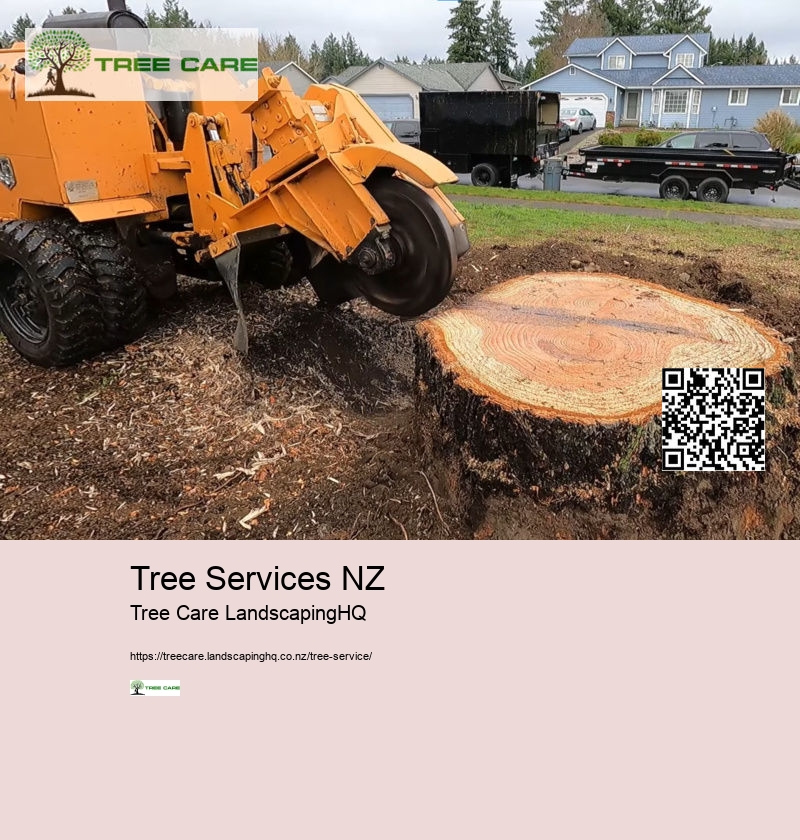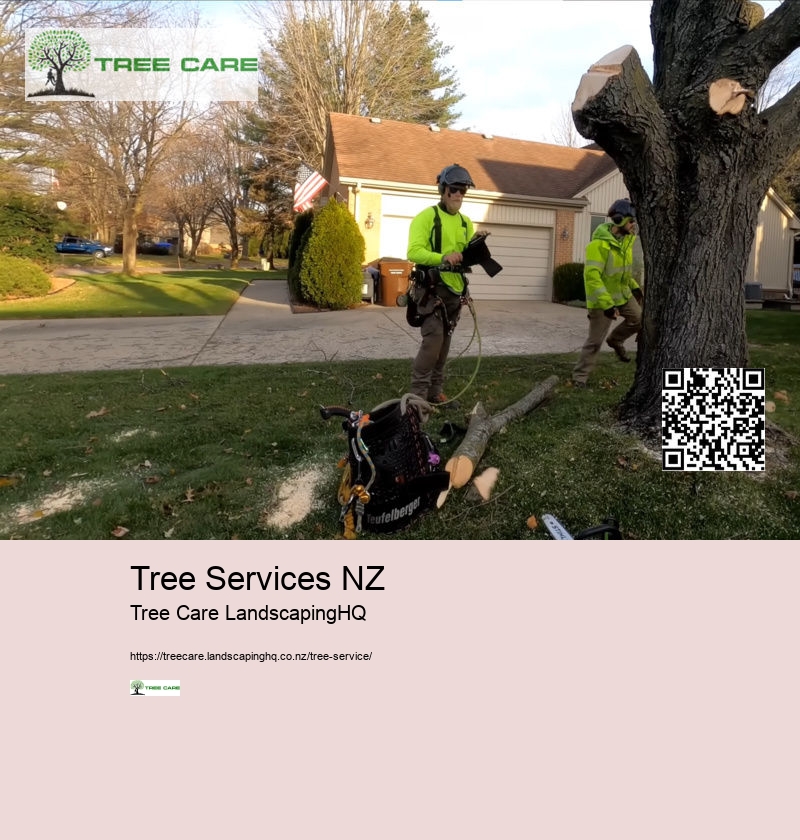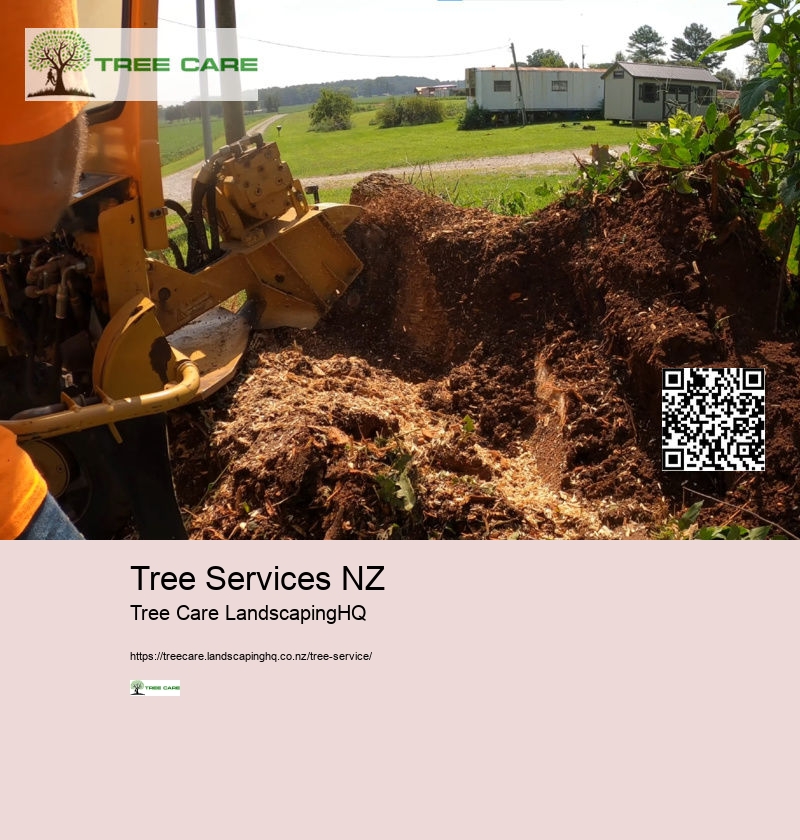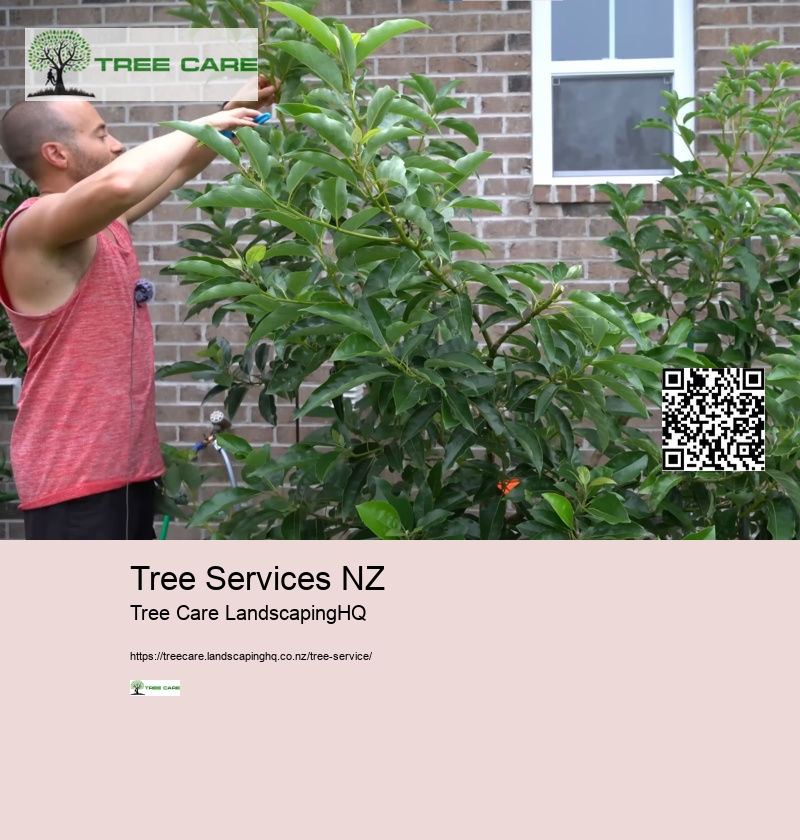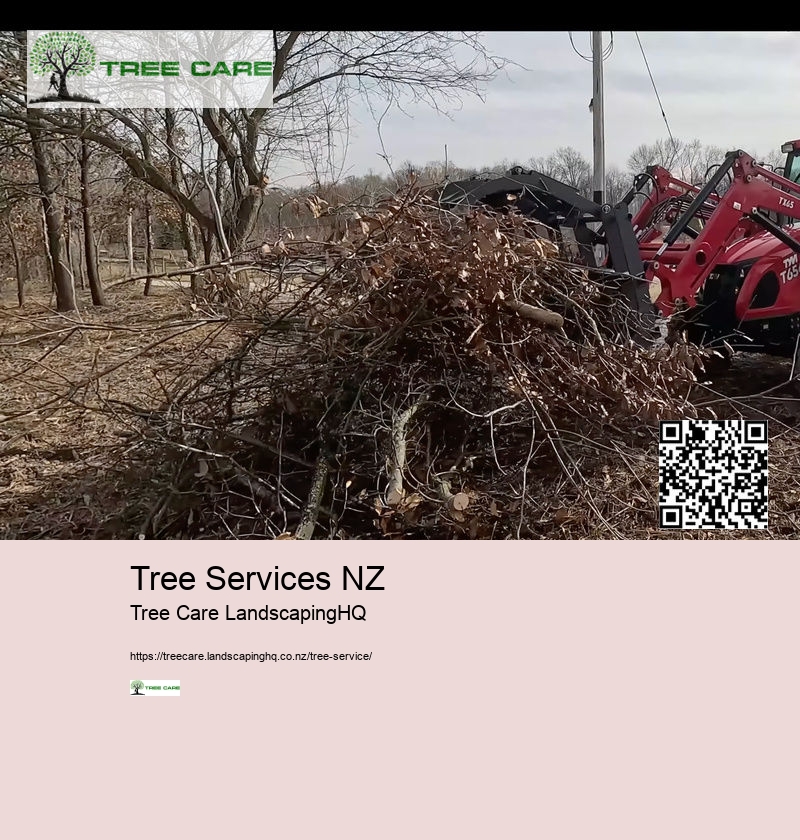Tree Services NZ
efficient removal
We aim to not only restore the aesthetic appeal of the tree, but also ensure its health and stability for years to come. Our experienced arborists are committed to providing personalized recommendations that address your concerns.
Tree Services NZ - horticulture
- expert planting
- tree surgeon
- tree pruning
- tree service
This process helps reduce the weight and density of the tree crown, promoting healthier growth and minimizing the risk of branches breaking during storms. We use several strategies to manage the trees. Our arborists are skilled in identifying which branches to prune and the best time to do so, ensuring minimal stress to the tree while maximizing the desired outcomes. Comprehensive Tree Care Services, Expert Arborist in New Zealand.
When planning tree planting, our arborists prioritize selecting the right species for optimal growth and longevity. Whether it's the branching pattern, fruit or flower characteristics, or overall shape, each aspect contributes to our accurate identification process. We use specialized techniques and equipment to resolve the issue at hand.
Our arborists have the expertise to use specialized tools and equipment in tight spaces in order to remove trees piece-by-piece, with minimal impact on the property. Regularly assessing the health of trees allows us to detect early signs of disease, pests, or stress, enabling us to take proactive measures to address these issues promptly.
